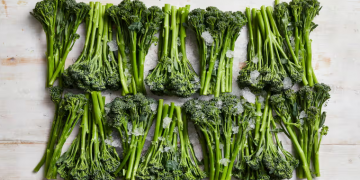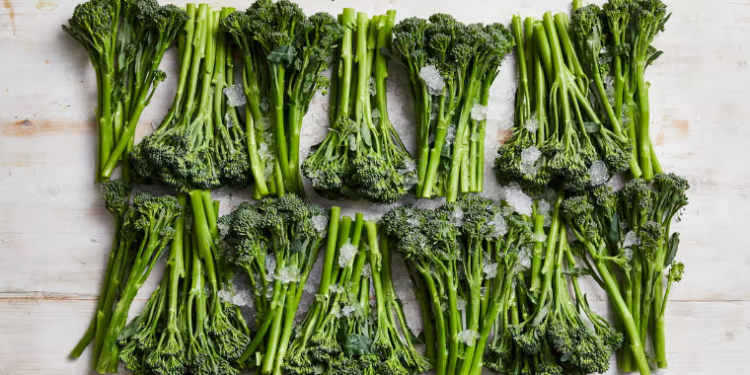From Greenhouse Experiment to Global Favorite: The Rise of Broccolini
Broccolini, a unique hybrid vegetable, has become a significant player in the global vegetable market since its inception in 1993. Unlike traditional broccoli, broccolini is a cross between broccoli and gai lan (Chinese kale), and its journey from a Japanese seed laboratory to dining tables worldwide is a fascinating example of successful agricultural innovation.
The Genesis of Broccolini
Broccolini’s origins trace back to Sakata Inc., a Japanese seed company renowned for its horticultural innovations. The creation of this hybrid involved a decade of meticulous cross-breeding efforts, culminating in a vegetable with long, asparagus-like stems and a mild, sweet flavor. Dave Samuels, Brand Director for Sakata’s European division, explained that the concept emerged during a period of experimental breeding, where breeders were encouraged to explore new possibilities.
Initially considered for names like “asparbroc” and “asparation,” broccolini was eventually chosen for its market appeal and culinary versatility. Despite early skepticism about its potential, broccolini’s unique characteristics soon captured the attention of food enthusiasts and industry professionals alike.
Market Impact and Popularity
Since its commercial introduction, broccolini has achieved impressive market penetration. It has become the 25th most popular vegetable in the UK and the 10th most favored among millennials. In Australia, broccolini is consumed by nearly half of all households, with an impressive annual consumption of around 60 million bunches. This popularity reflects a significant departure from traditional vegetables, driven by its novel characteristics and marketing strategies.
The vegetable’s success is partly attributed to its ability to fit into modern dining preferences. Its long, tender stems and mild flavor make it a versatile ingredient in various dishes, from salads to stir-fries. The convenience of broccolini—being easier to cook and eat compared to traditional broccoli—has also contributed to its widespread adoption.
Branding and Licensing
Broccolini’s market success is not merely a result of its culinary attributes but also of strategic branding and licensing. Sakata Inc. licenses the production and sale of broccolini to various companies around the world, ensuring that the vegetable’s quality and brand integrity are maintained. In Australia, Perfection Fresh holds the exclusive license and has been instrumental in broccolini’s commercial success. Michael Simonetta, CEO of Perfection Fresh, recognized broccolini’s potential early on and played a crucial role in its market introduction.
The branding of broccolini has also been carefully managed to emphasize its uniqueness and premium nature. Its Italian-sounding name adds a touch of sophistication, enhancing its appeal to both consumers and chefs. This strategic approach to marketing has helped differentiate broccolini from other similar vegetables and position it as a high-quality product.
Future Prospects and Trends
Despite its current success, broccolini faces competition from other emerging vegetable varieties. Alternatives such as “broc-baby” are appearing in the market, prompting distributors like Mann Packing to educate consumers about the authentic broccolini. The focus is on maintaining brand recognition and ensuring that consumers receive the genuine product.
Experts suggest that while broccolini has made a significant impact, it is essential to remain mindful of seasonal and traditional vegetables. As food trends evolve, the appreciation for staple vegetables like broccoli remains crucial. Alice Zaslavsky, an Australian food writer, emphasizes the value of embracing seasonal produce and acknowledging the benefits of traditional vegetables.


































